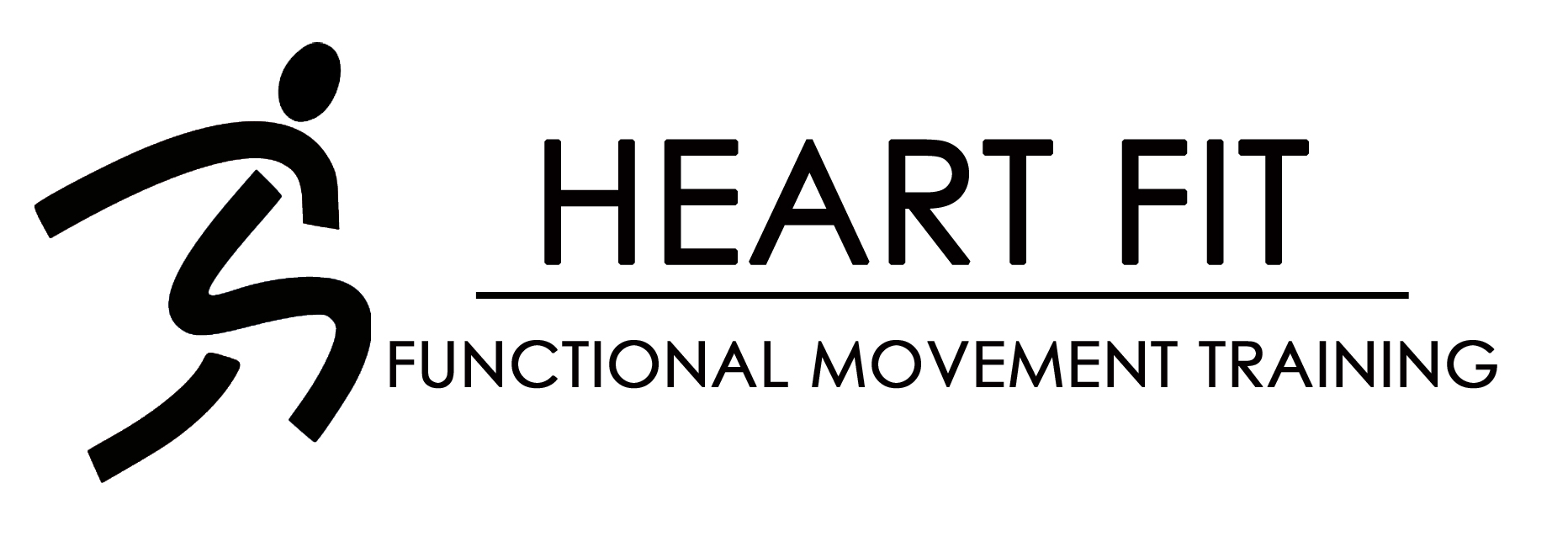Strength Training While Protecting Your Back And Knees
Whether you’re an athlete, weekend warrior or even a senior weighted back squats are hands down one of the most dangerous strength exercises out there. When you put a weighted bar on your back you put compression on your spine which can lead to debilitating back pain. Compressing the spine is not something you want to do; whether you’re fit or sedentary there is way too much risk of injury when doing back squats. One study by Cappozzo, found that squatting to parallel with 1.6 times body weight (which is not very much even for non athletic populations) led to compressive loads of ten times body weight at L3-L4 (Lumbar) Spine (1). That's 9000N (of pressure) for a guy who weighs about 190 pounds. The spine will not give out until 12,000-15,000N of pressure is applied in compression so it goes without saying that you're setting yourself up for injury, especially with those that are lifting much heavier weight (2). We also know roughly 3/4 of all athletes have disc bulges/herniations that go completely undiagnosed. It's also estimated that 4.4% of six-year olds have spondylolysis (defect of the vertebra) (3).Presence of spondylolysis is estimated at 15-63% in ordinary people (highest is among weightlifters) - yet only 50-60% of those diagnosed under imaging actually report lower back pain (4). In fact most people will feel great up until they hurt their back.
For the most part general population and athletes do not train the back side of their body very well. We are often more concerned about the front side. The amount of inefficiency the average person has makes squatting not worth the risk of injury. For example, when the average person squats they don’t fire their glutes in hip extension (when you come out of a squat), instead they substitute lumbar extension to attempt to get "upright." Not to mention most will use the weight of the bar on their back as a springboard to push them through the range of motion, giving them the feeling that they have more strength than they actually do. So much of squat form is based upon hip anatomy and femur length (thigh bone) which will directly affect how your knees track over your feet during the squat. If your knees track medially while your squatting, chances of suffering a chronic knee injury increases. Another reason back squatting is very problematic for the knees are that most people lack flexibility in their lower leg (dorsiflexion). This is important because it will restrict the need to flare one’s knees outward and cause one to flex at their lumbar spine. So you can see the damaging effects on loading the spine can cause especially when we know 14 million people - or 3-7% of the general population - have spondylolysis (5), and previous research has shown that asymptomatic disc bulges and herniations may be up in the 80% range (6).
Here are some simple tips to prevent injuries and strengthen the back. 1) Improve hip mobility. Remember it is much easier to stabilize the middle part of your spine on a mobile set of hips. 2) Avoid lumbar flexion. This includes crunches, side bends and hyper extending your spine. Remember proper core training is about resisting motion not creating it. 3) Lose the beer belly. There is a reason why you have back pain and that is because you’re constantly hyper extending your spine. 4) Lastly get more range of motion in your upper spine (thoracic region). It is safe to ask for mobility from this segment of your spine and it could also help improve shoulder and neck function as well. Remember being fit is relative to each individual’s pursuit of goals and objectives, but your number one goal in any exercise program has to be injury prevention first and foremost. At Heart Fit most of our clients and athletes do not back squat and they still manage to yield great results.
References:
1. Cappozzo A, Felici F, Figura F, Gazzani F. Lumbar spine loading during half-squat exercises. Med Sci Sports Exerc.1985; 17:613 -20.
2. Cholewicki J, McGill SM, Norman RW. Lumbar spine loads during the lifting of extremely heavy weights. Med Sci Sports Exerc.1991; 23:1179 -86.
3. Morita T, Ikata T, Katoh S, Miyake R. Lumbar spondylolysis in children and adolescents. J Bone Joint Surg Br. Jul 1995;77(4):620-5.
4. Soler T, Calderon C: The prevalence of spondylolysis in the Spanish elite athlete. Am J Sports Med 2000 Jan-Feb; 28(1):57-62.
5. Wineberg, EP. Spondylolysis. http://www.emedicine.com/Radio/topic650.htm
6. Jensen MC, et al. Magnetic resonance imaging of the lumbar spine in people without back pain. N Engl J Med.1994 Jul 14;331(2):69-73
